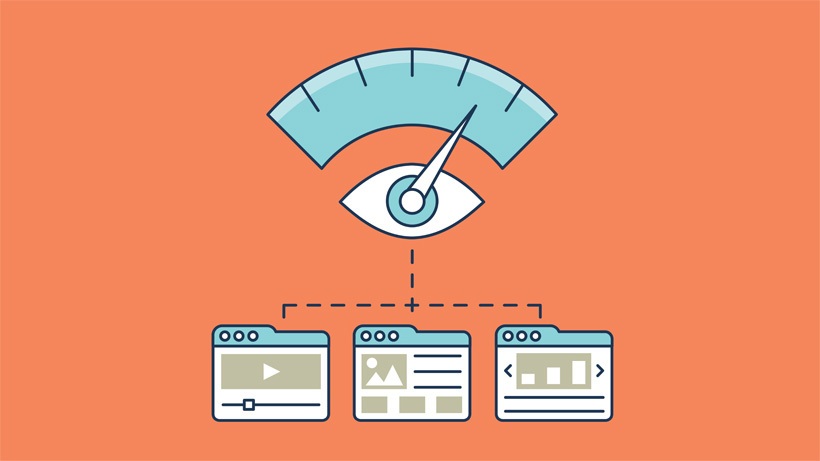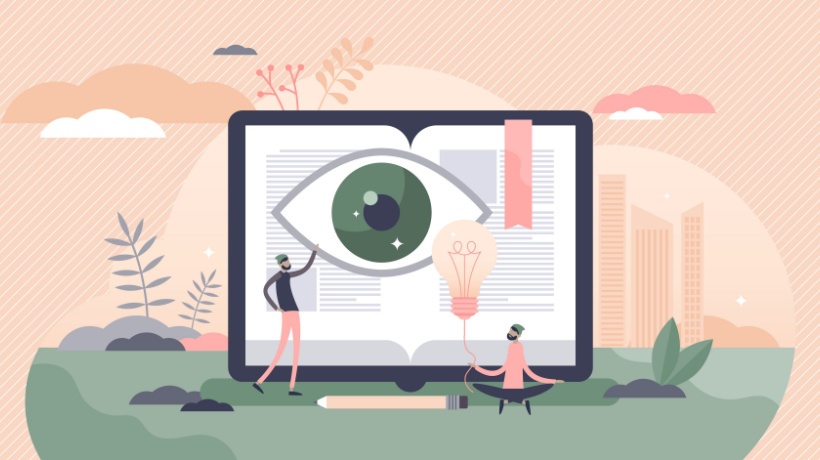Understanding The Power Of Visuals: The Advantages Of Visual Learning
Which of the following will appeal to a student more?
- Textual description of a chemical process.
- A video or pictorial representation of that chemical process.
A majority will learn better with the second option. It’s simply because visuals hold more appeal than plain text to those curious and intuitive young minds.
Sponsored content - article continues below
Till date, several studies have been conducted which prove the power of visual aids in eLearning. And there are some interesting results drawn from them. Such as, learners respond to visual information faster as compared to text only materials. Also, visuals help improve learning tremendously and on multiple levels. Hence, around 65% of the population comprises visual learners.
There are several advantages of visual aids. Let’s learn what they are to help you better understand the power of visuals in eLearning:
1. Help Store Information Longer
Images are the simplest and the most effective way to make sure that the information gets stored as a long-term memory. As per Dr. Lynell Burmark, an education consultant, our short term memory processes words and can only retain about seven bits of information. Whereas, images are directly processed by our long-term memory, where they get indelibly etched.
2. Make Communication Quicker And Simpler
Information listed in bullets is no doubt simpler to process. But, that same information in the form of an image or a video is processed even more quickly. As per the Visual Teaching Alliance –
- Of all the information transmitted to brain, 90% is visual.
- As opposed to text, visuals are processed 60,000x faster.
- Humans are capable of getting the sense of a visual scene in less than 1/10th of a second.
- 40% of nerve fibres are linked to the retina.
- Our brain can see images that last for only 13 milliseconds.
- Human eye can register 36,000 visual messages every hour.
Hence, the eLearning programs which incorporate suitable visuals gain a higher preference over the text-only ones.
3. Aid Better Comprehension
Visuals help learners grasp concepts easily by stimulating imagination and affecting their cognitive capabilities. Besides, the visual language is also known to have the potential to stretch ‘human bandwidth’ – which comprises absorbing, comprehending and analysing new information. For example, the infographic below represents how we are pre-wired to automatically interpret relationships between objects which ensures instant comprehension with almost zero effort:

4. Act As Stimulators For Emotions
Emotions and visual information are processed in the same part of the human brain. Visual stimuli and emotional response are linked in a simple way and these two together generate what we call memories. Hence, powerful images and visual metaphors create strong impressions and lasting memories in learners.
5. Drive Motivation
Most of the students struggle with some of their subjects because they find them uninteresting and hence lack the motivation to put in the required efforts. Visuals are the best bet in such scenarios. Captivating images, engaging videos, interesting info graphics, etc. help learners fight the boredom and motivate them to do better.
6. Unsuitable Visuals Equals Unhappy Learners
The positive aspects of visuals hold true only when they are used appropriately. The quality and relevance of visuals matter a lot. Say for example, you have the most meaningful images, charts and videos which make your online tutorial way better than those of your competitors. But, if the images are of low resolution or pixelated, they fail to solve their purpose and the learner loses interest. Apart from poor quality, if the visual aids are generic in nature and fail to explain the subject in a specific and clear way, it will not appeal to the learners.
The images which will add value to your course material and actually help the learners should meet the following requirements:
- Simplify the difficult-to-understand and text heavy topics.
- Explain using actual people, places, or objects.
- Help the learners connect the familiar materials with the unfamiliar.
Hence, the key is to treat visuals like power boosters for your eLearning courses. If irrelevant they can cause distractions from the actual topic and in worst case scenarios, put off your audience. But, if used effectively, it can add value to your online tutorials and draw more learners to your online education platform.












